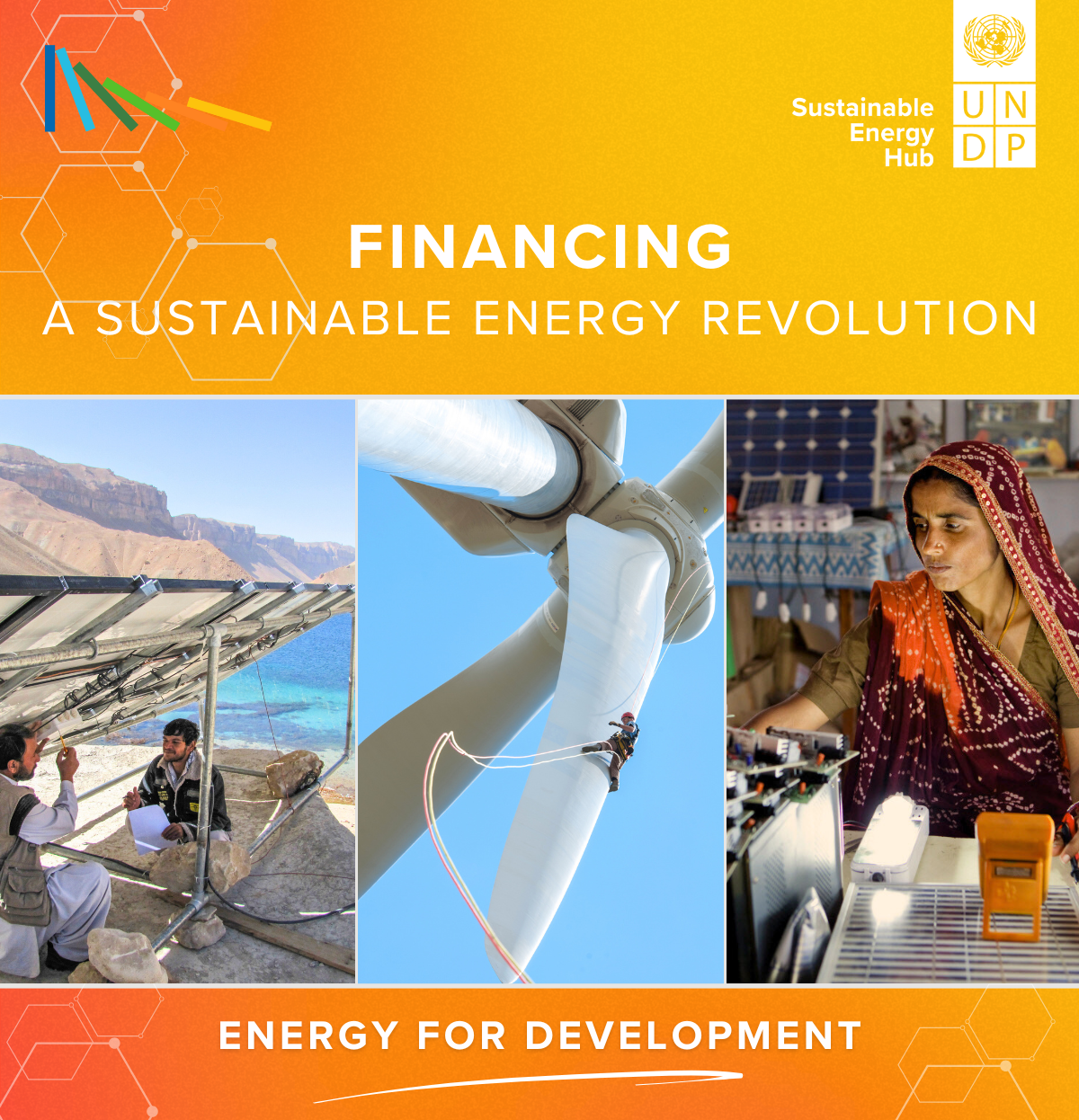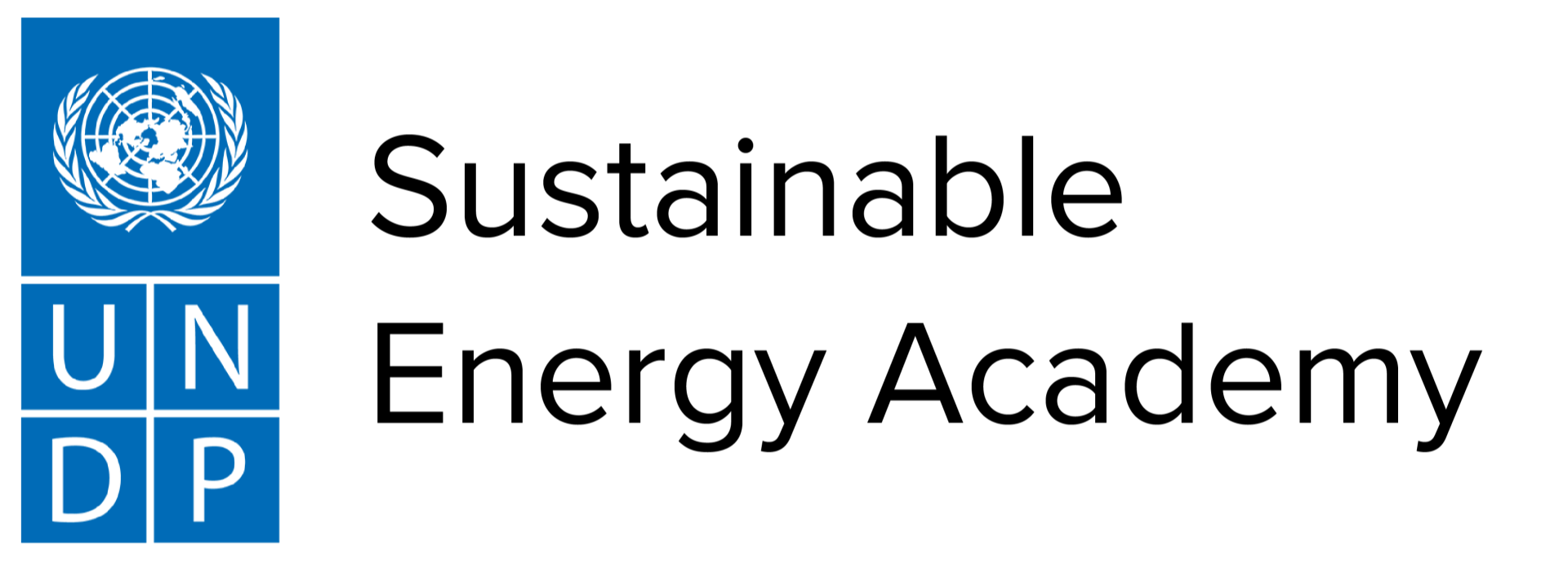

For the first time in 15 years, we have a new climate finance goal — but is it enough, and more importantly, does it respond to the ambitions of the UAE consensus on clean energy adopted in COP28?
At COP29 in Baku, known as the "Finance COP," world leaders concluded discussions on a New Collective Quantified Goal (NCQG) with a commitment of $300 billion per year by 2035, marking a step forward in mobilizing resources. However, developing nations need between $1.7 trillion and 2.8 trillion annually for clean energy investments. To meet this, annual investment must rise from $770 billion in 2022 to $2.2–2.8 trillion by the early 2030s. If China is excluded, the investment gap widens further, requiring annual investment to increase from USD 260 billion to as much as USD 1.4–1.9 trillion—a nearly sevenfold increase.
Mobilizing private capital is essential to bridge the energy finance gap. Expanding financial structures such as blended finance, alongside financial de-risking mechanisms like guarantee schemes will for sure encourage private sector participation. Equally important is creating a strong enabling environment through policy de-risking to address barriers like investor uncertainty, high upfront costs, and limited domestic financial resources. Breakthroughs in the triptych of digital technologies, data, and AI can identify and transform clean energy investments by reducing costs, mitigating risks, and optimizing the deployment of imported technologies like solar panels and wind turbines. These tools enable smarter resource allocation and adaptive decision-making, ensuring investments are both efficient and resilient in the face of evolving challenges.
Beyond scale and quantity, the focus must shift to the quality and impact of financing. Resources need to be accessible, strategically allocated, and equitably distributed to the regions and populations that need them most. The New Collective Quantified Goal marks a milestone, but delivering the COP28 commitments on tripling renewables and doubling energy efficiency depends on bold reforms and collaborative innovation to close the energy finance gap and achieve a just energy transition.
As we close out 2024 with this final bulletin, we reflect on the progress made and the work still ahead. Here’s to continuing our efforts together for a just and impactful energy transition in the year to come. Happy holidays to our entire sustainable energy family!

